Passion Projects and Service
UC Placemaking Initiative
The UC Placemaking Initiative
Software used: R / RStudio, Leaflet, JavaScript, HTML, CSS
From the The UC Placemaking Initiative website:
The UC Placemaking Initiative is a multi-campus network and public platform created in 2018 to support, study and amplify place-based research of UC artists, designers and media practitioners who are working across disciplinary fields in collaboration with multiple stakeholders to enact environmental and social change. This work brings visibility to UC’s core public research mission as a land-grant institution, committed to pedagogy and scholarship that directly serve the needs and interests of California’s diverse publics. As a cultural practice, placemaking engages the core values of diversity and equity as guiding principles to advance access and participation by those often underrepresented or excluded from the public process.
I joined the UC Davis Placemaking team to help create a map of all of the initiative’s affiliations between projects and people; who was working with who, and where did people reside, both in terms of their geographic location as well as their place-based organizations. The map of these affiliations is below. You can view affiliations by people or projects, and the websites associated with them are attached as attributes on the nodes and edges of the network.
MAT259, 2019
Algorithmic Visualization Projects
Software used: Processing
MAT259 was a class on Algorithmic Visualization in the Media Arts and Technology department at the University of California, Santa Barbara. I took this class in anticipation of visualizing highly dimensional travel activity data, so my projects centered around using geographic (or geographically-related) data. Below are links to the second assignment and the final project:
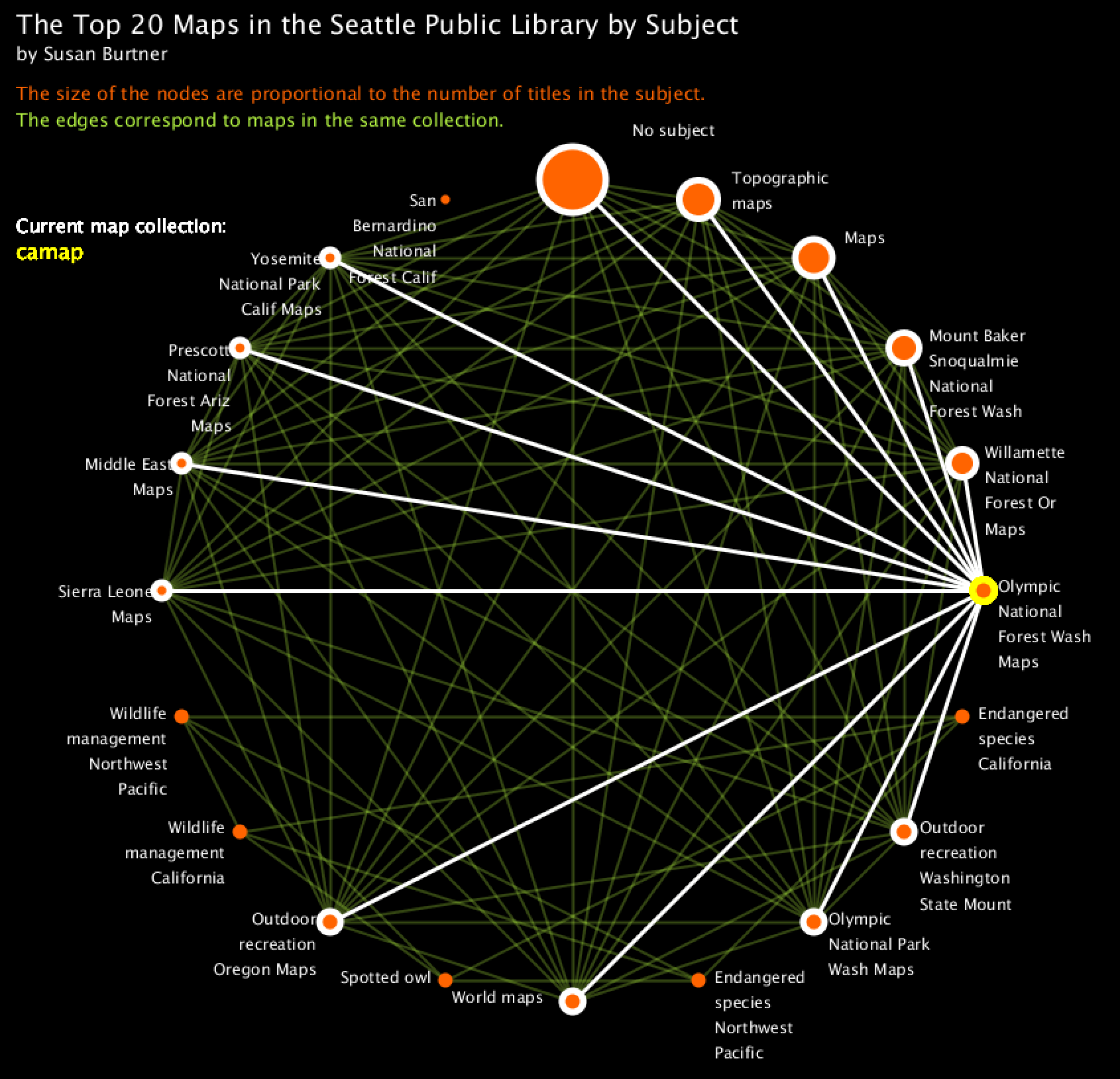
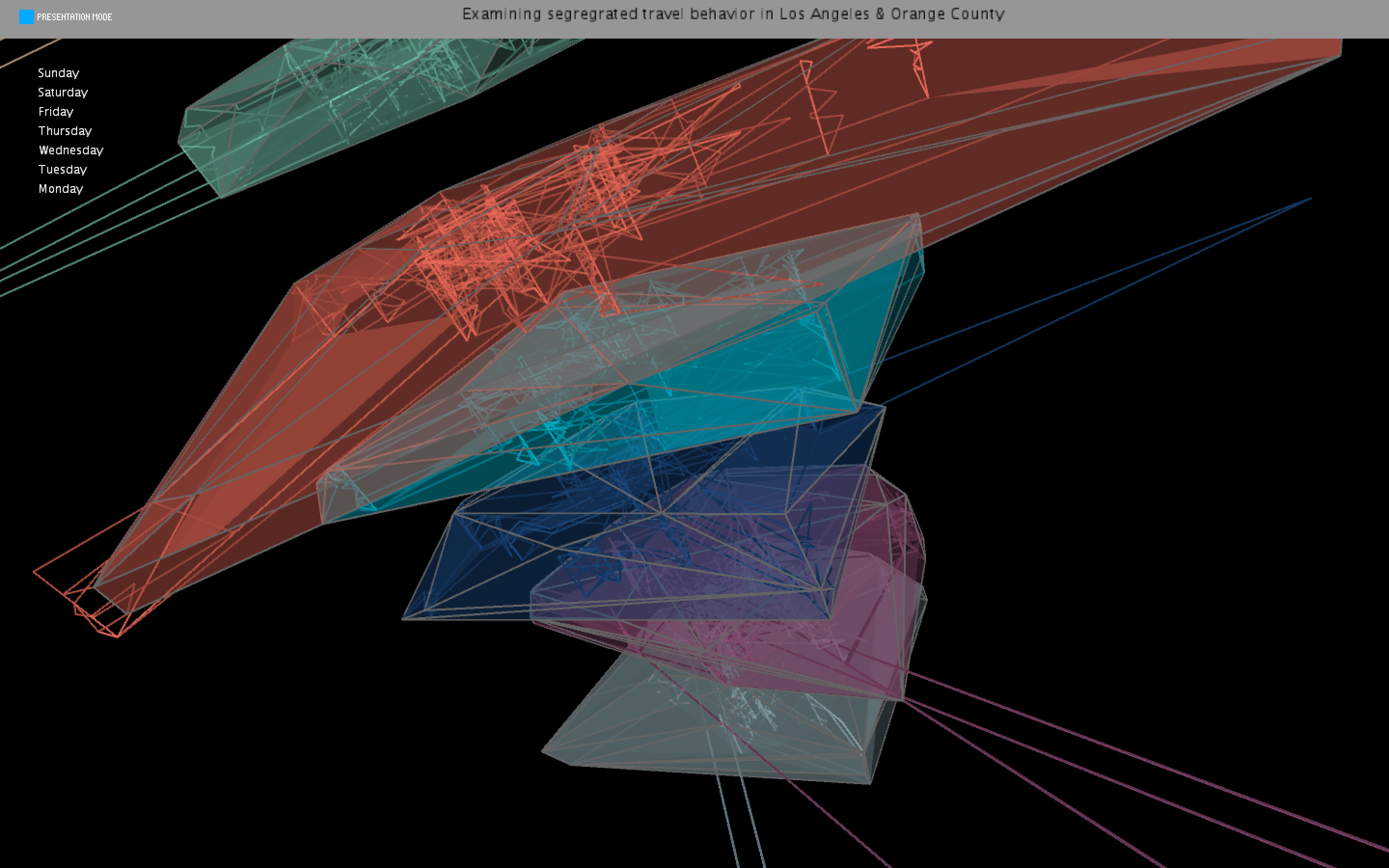
SOC294, 2018
ENG238, 2018
Critical Infrastructure Project
Software used: ArcMap, ArcScene, Github
English 238 was a class on Critical Infrastructure in the English department at the University of California, Santa Barbara. The final project for the course was a culmination of work consolidated into a website (the first origins of this site!). Below is the last webpage of the project.
Daylighting Islais Creek through Maps
A map is a representation of the physical world, and it communicates a story through a careful management of shapes, colors, textures and layers. This Starter Kit is a geographic information science (a mapping) approach to critical infrastructure, and tries to separate out the infrastructural components of a city at the urban-water nexus. The urban-water nexus describes the geographic areas at which humans and water interact. Central to this approach is the consideration of climate change, and how its increasing variability and unpredictability will affect human life.
One attempt to address the challenges of climate change at the urban-water nexus is to revitalize more sustainable practices in water management. Decades of urban development have redirected many creeks, rivers, and streams to underground culverts, which sometimes results in flooding and destruction when capacity is reached. “Daylighting” these water bodies allows them to follow more of their natural flow and makes them less prone to flooding. The technique is increasing in popularity as the urgency to address climate change intensifies, and can involve cultural restoration too. As someone who loves water and the Bay Area, I feature Islais Creek in San Francisco, California, as my area of interest to daylight. I choose to layer those traditional infrastructural elements of an urban environment such as highways, roads, bridges, and buildings with aquatic features such as shoreline, marshes, and rivers. Each map layer “daylights” some aspect of urban and aquatic infrastructure across time and space, and culminates in a series of maps that I call NEXUS. In NEXUS, one can see all of the urban structures of a city, but where there is water, I leave the historical map of Islais Creek, so that the map reader can be reminded of the centrality of water to urban life.
Situating this Work within Geography
Geography is an incredibly diverse and broad field. While a general definition of geography might be “the study of the physical features of the earth and its atmosphere” as well as the “human activity as it affects and is affected by these”, I would describe the field of geography as encompassing any theoretical development or empirical research that privileges a perspective of “space” and “place.” If you are exploring how the location of a phenomenon affects the nature of the phenomenon, you are doing geographic research!
Here at UC Santa Barbara, geographic research interests vary wildly across human geography, physical and atmospheric sciences, climate change and variability, space/time knowledge and organization, and geographic information systems (GIS). While I work in the realm of networks of human activity, I have extensive experience in geographic information systems. GIS allows a researcher to layer multiple aspects of geographic information for analysis or visualization. With my first Starter Kit, I try to communicate a bit about the spatial and geographic qualities of the critical infrastructure present at my area of interest, Islais Creek through a GIS.
How the Starter Kit was Made
This Starter Kit was made using ArcScene, a product from ESRI that allows one to view geographic data layers in 3 dimensions. In a future blog post, I would like to unpack the black box that hides the technical aspects that went into making this project (for example, I had a great suggestion to add population data, maybe to the “Urban” map, so that one might see “what’s at stake” for the people living in this area.) For now, please enjoy the layers and final product that constitute my Starter Kit: Daylighting Islais Creek through Maps.
The Starter Kit
| Islais Creek |
|---|
 |
| Historic Shoreline |
|---|
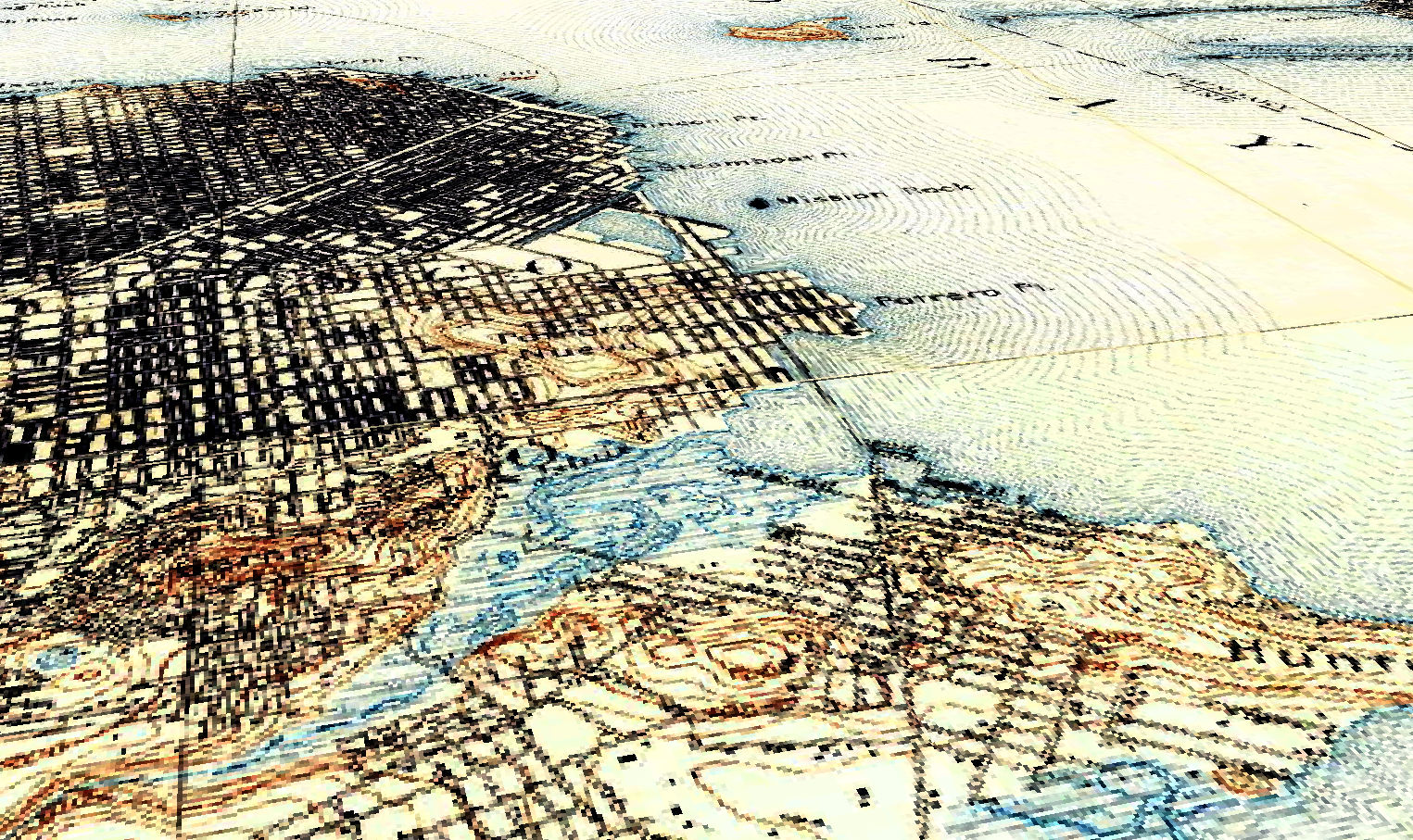 |
| Water |
|---|
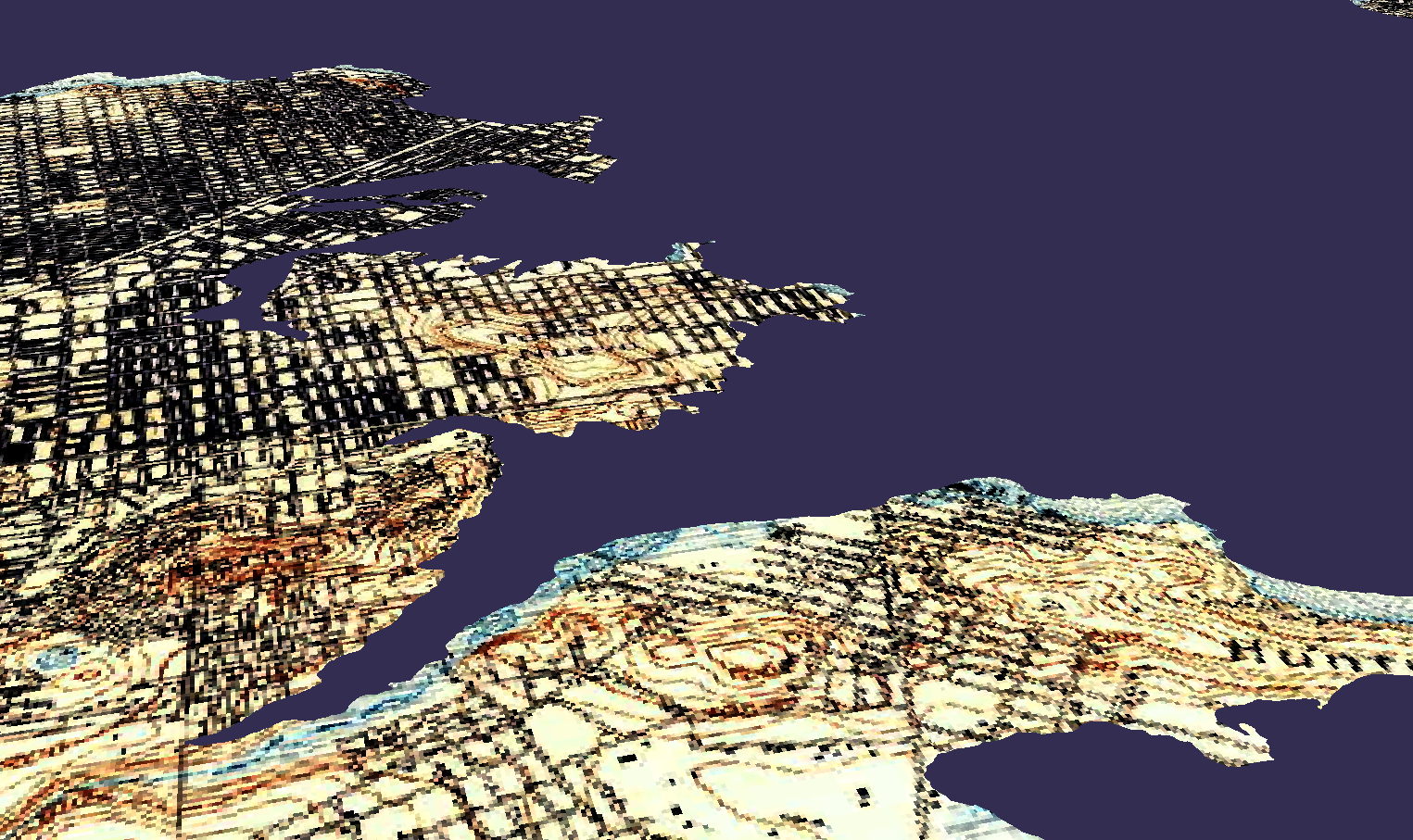 |
| Marsh |
|---|
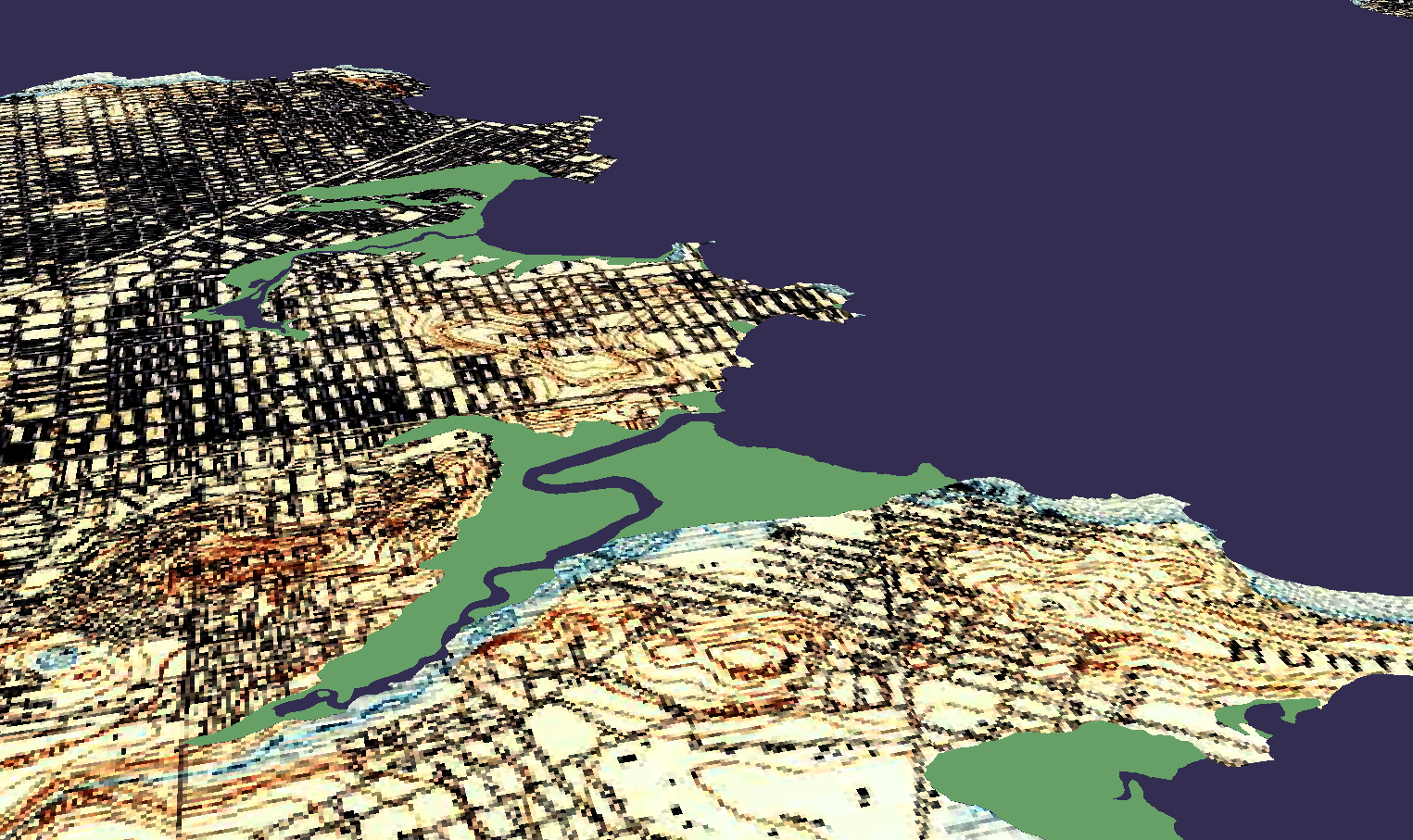 |
| Roads |
|---|
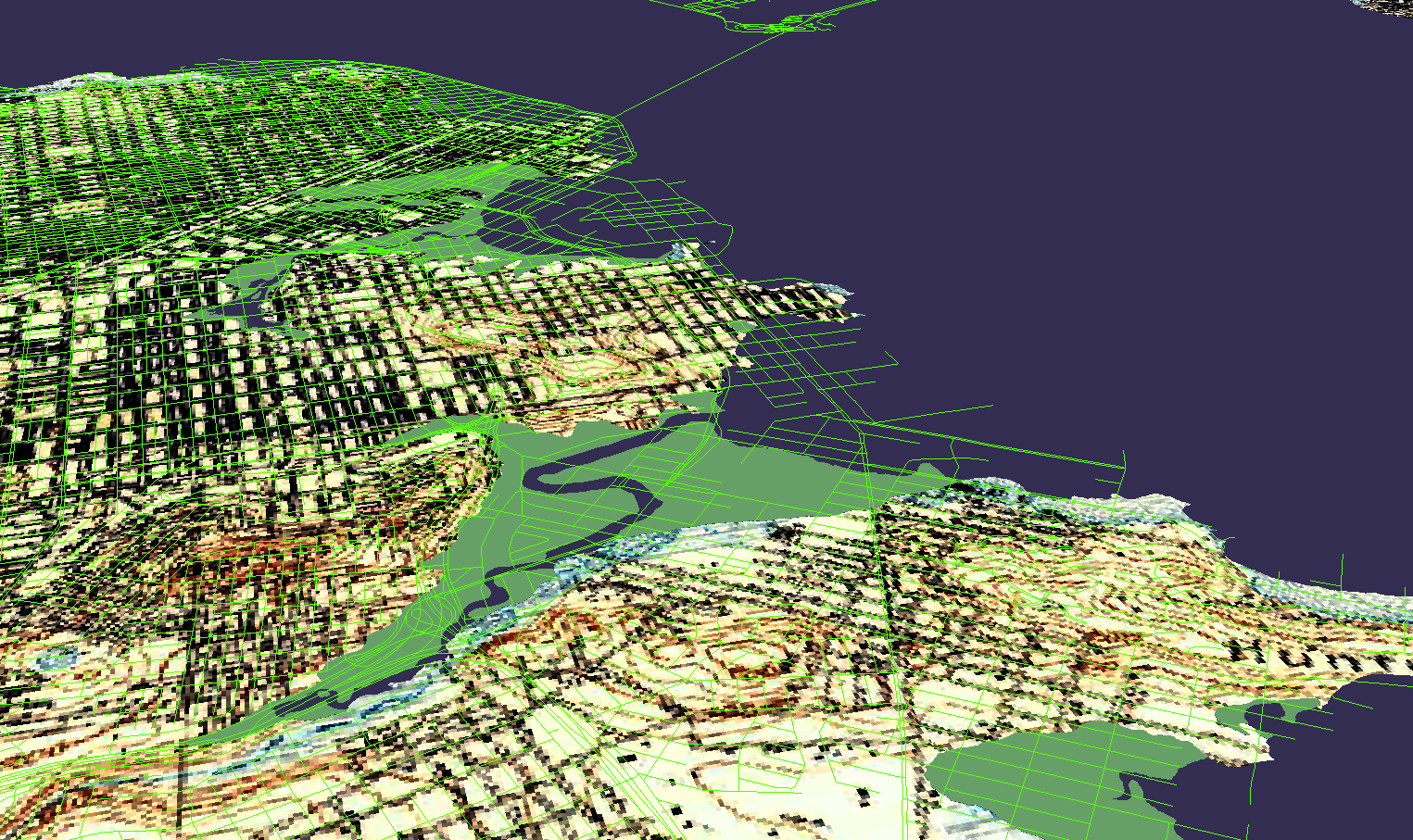 |
| Highways |
|---|
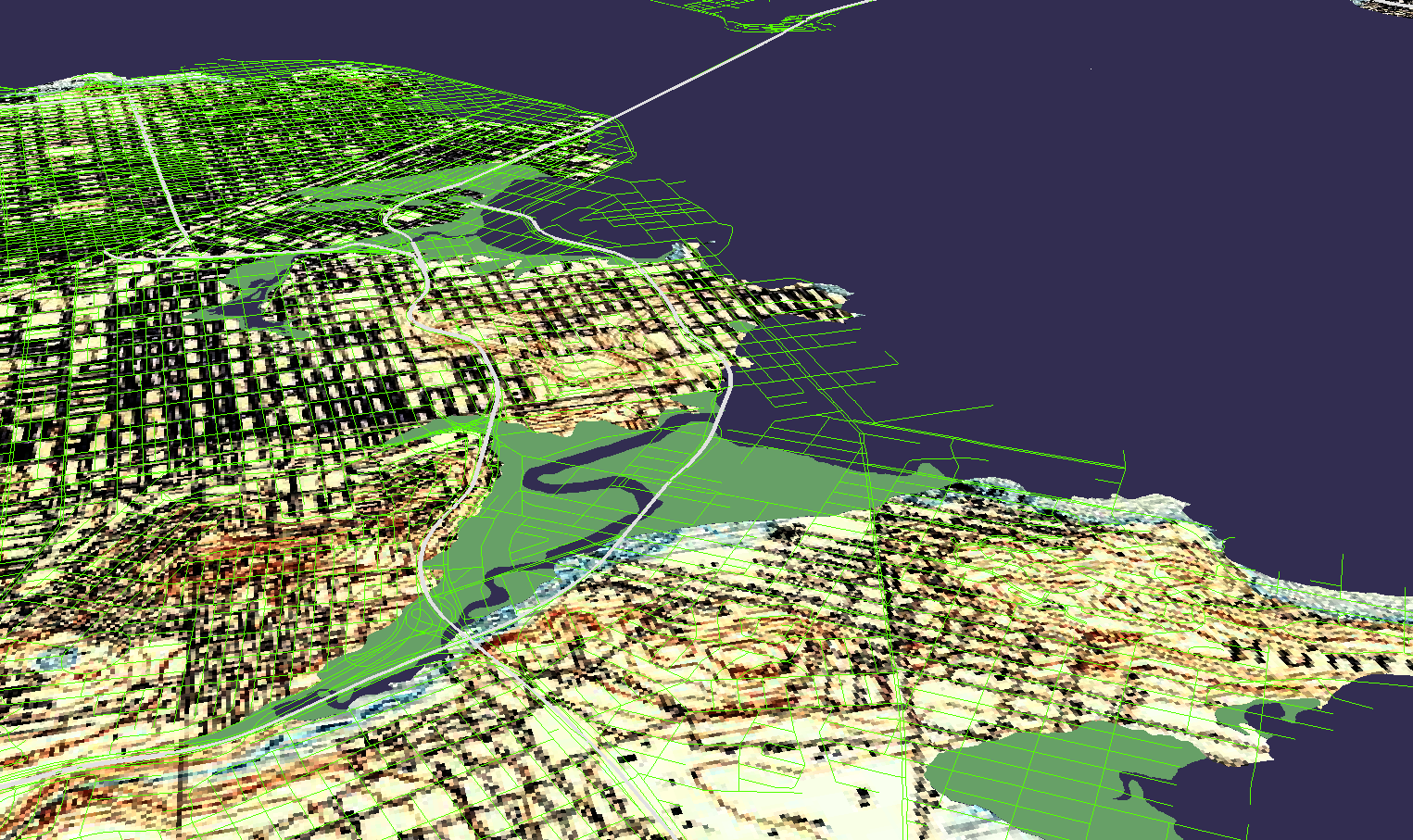 |
| Bridges |
|---|
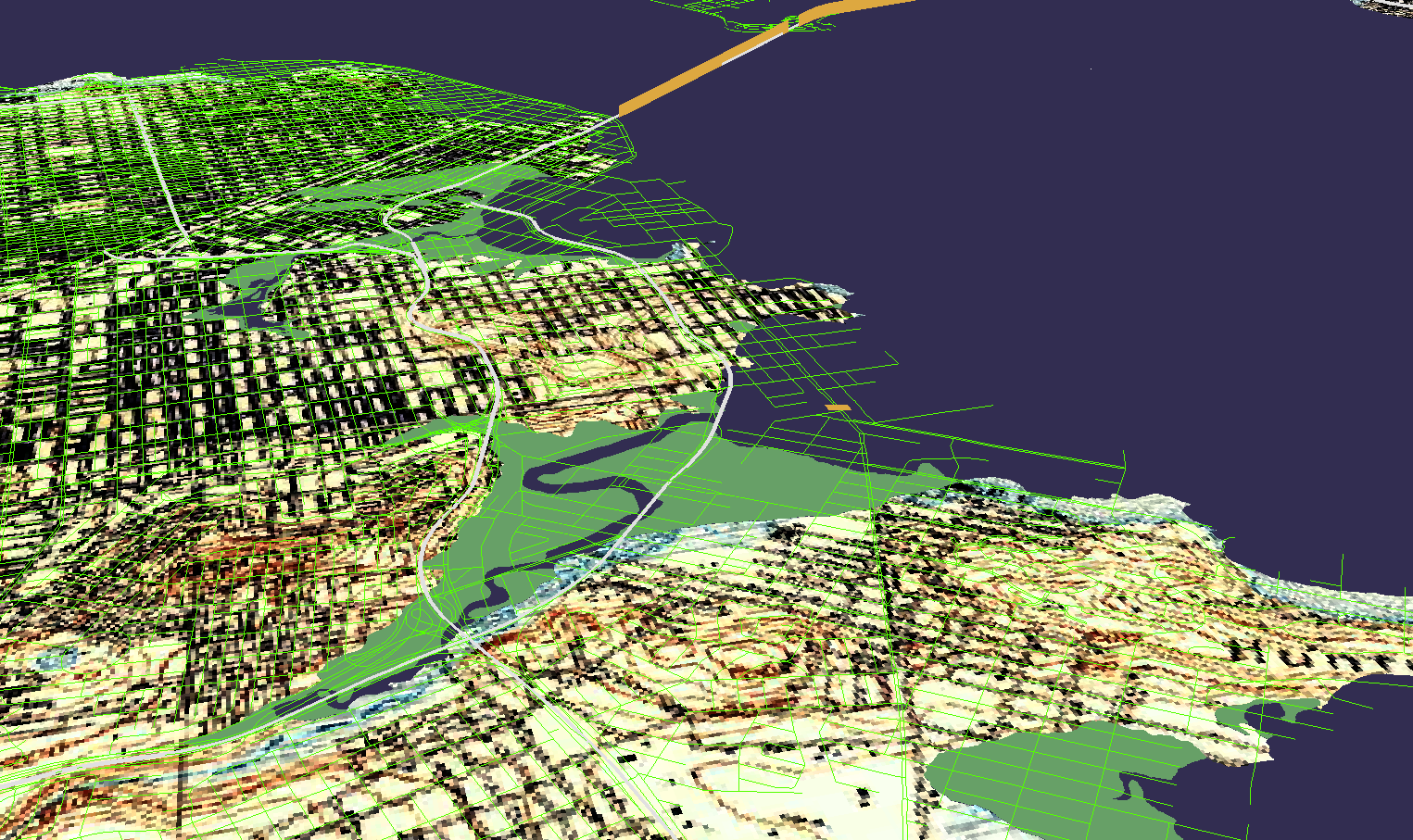 |
| Modern Shoreline |
|---|
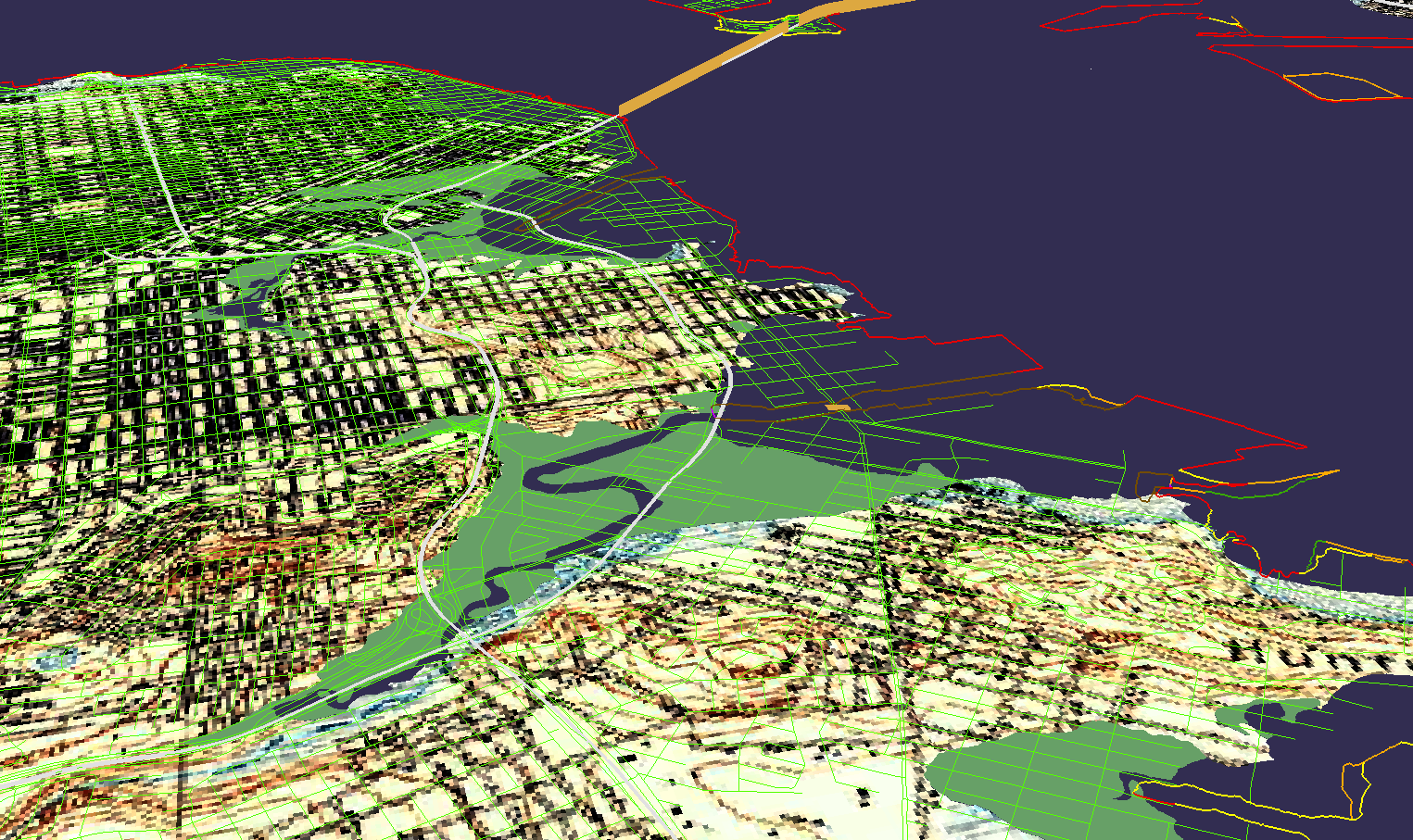 |
| Buildings |
|---|
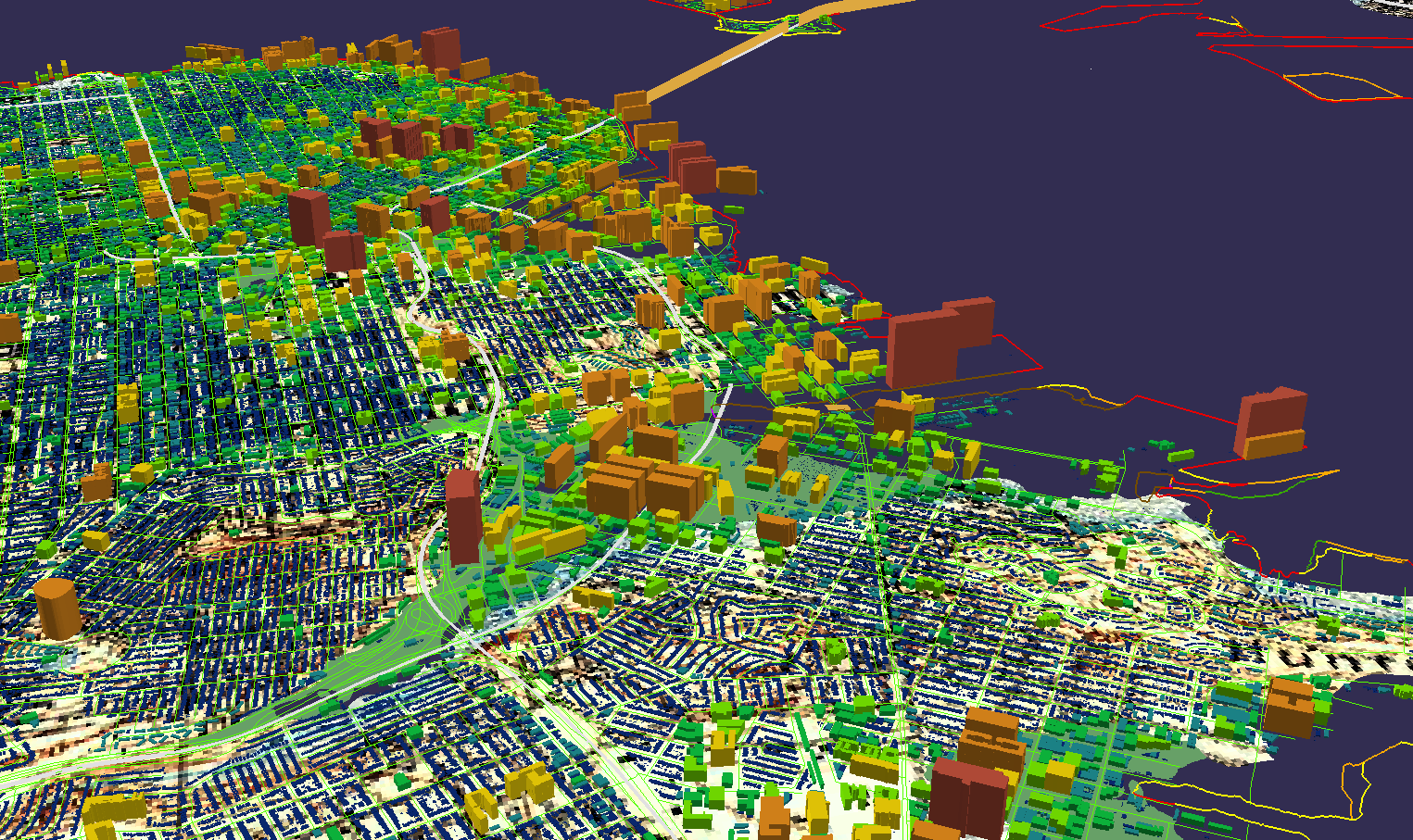 |
| Urban, Water |
|---|
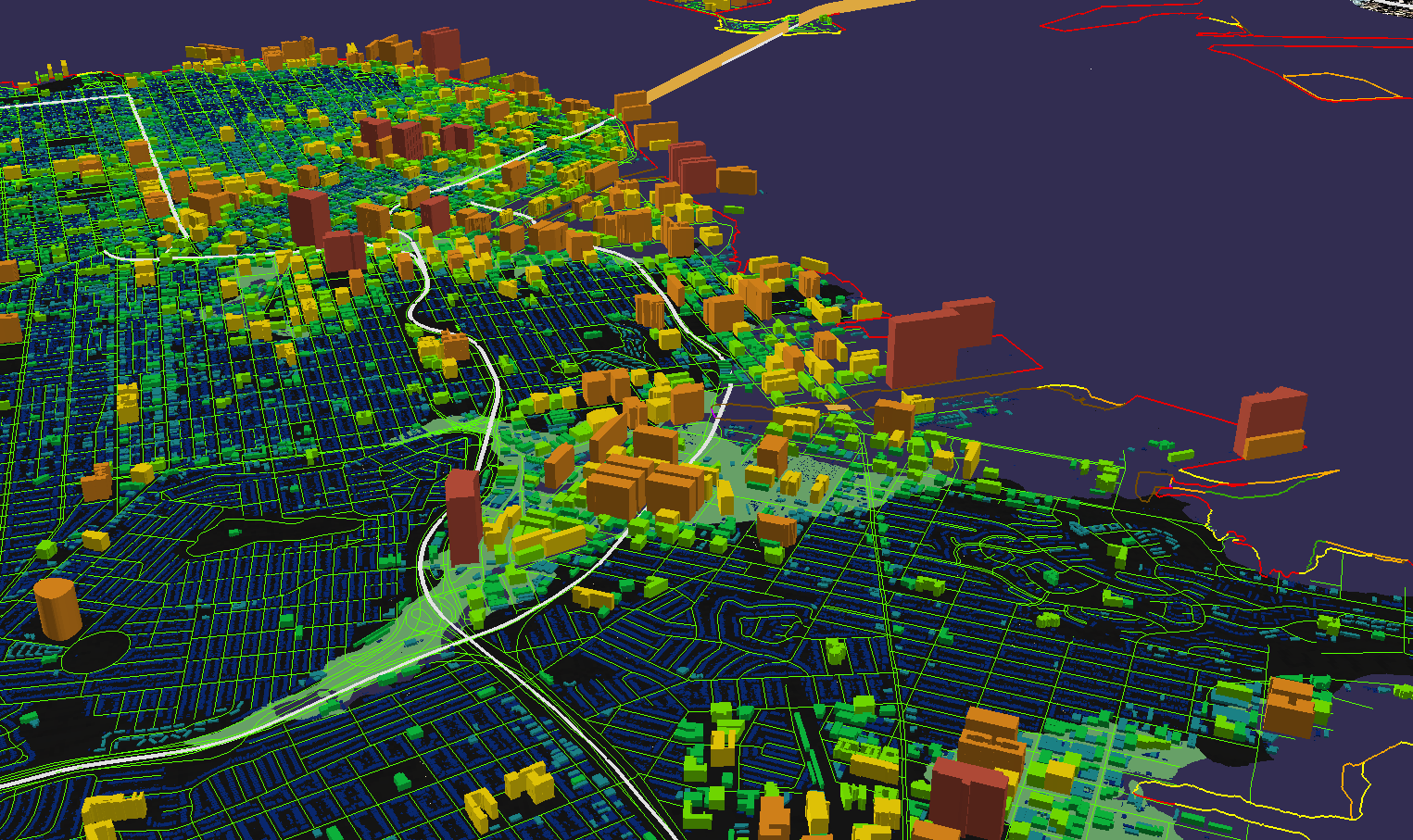 |
| NEXUS |
|---|
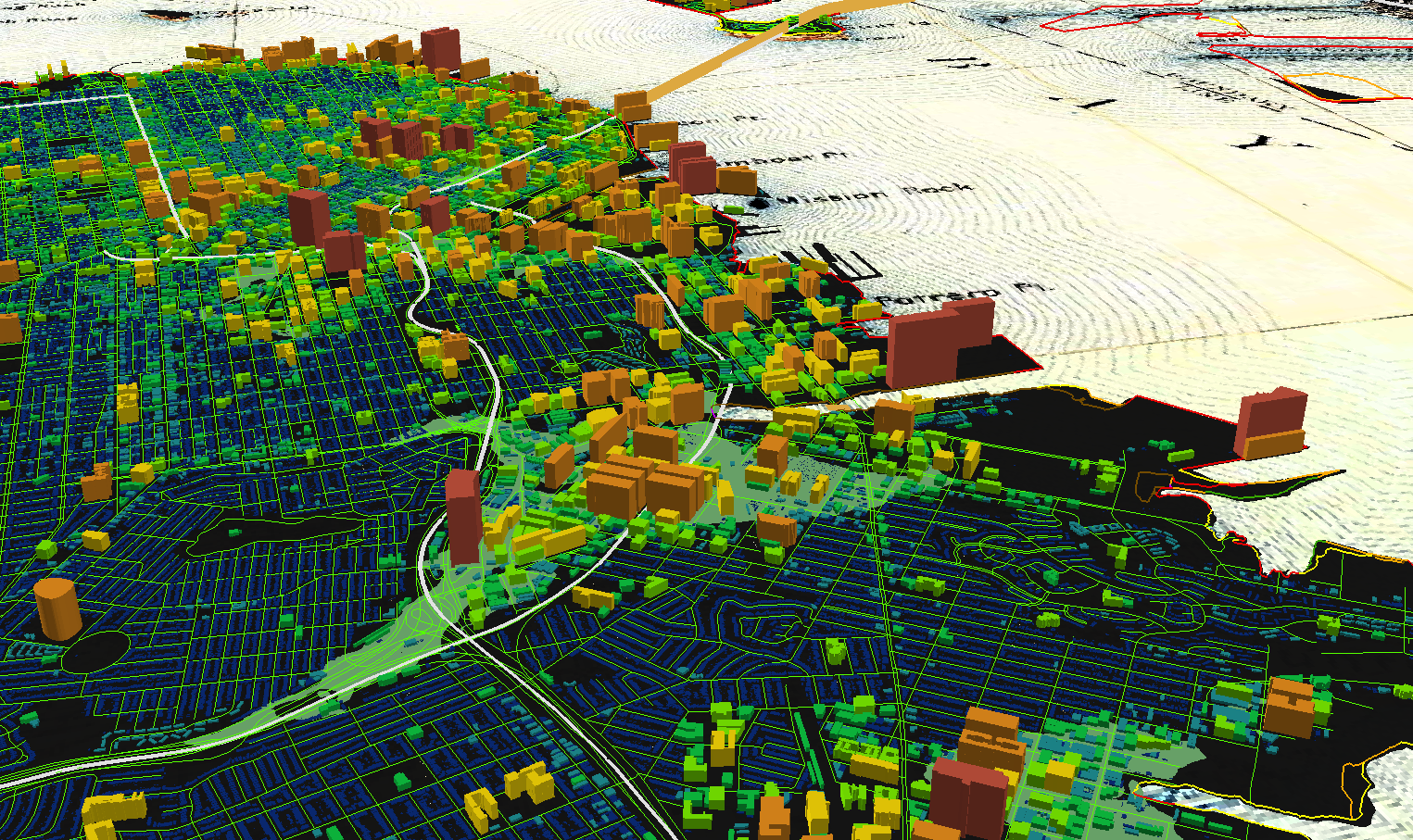 |
 |
Resources
| Layer | Date Created or Last Modified | Source |
|---|---|---|
| Historical Map | 1895 (SF), 1896 (San Mateo) | The National Geological Map Database |
| Historical Water & Marsh, Modern Shoreline | 1998 | San Francisco Estuary Institute |
| Highways, Bridges | 2017, 2015 | Caltrans |
| Roads | 2018 | Data.Gov |
| Buildings | 2017 | DataSF |
The Cricket Emoji
The Cricket Emoji
Software used: Adobe Illustrator, LaTeX
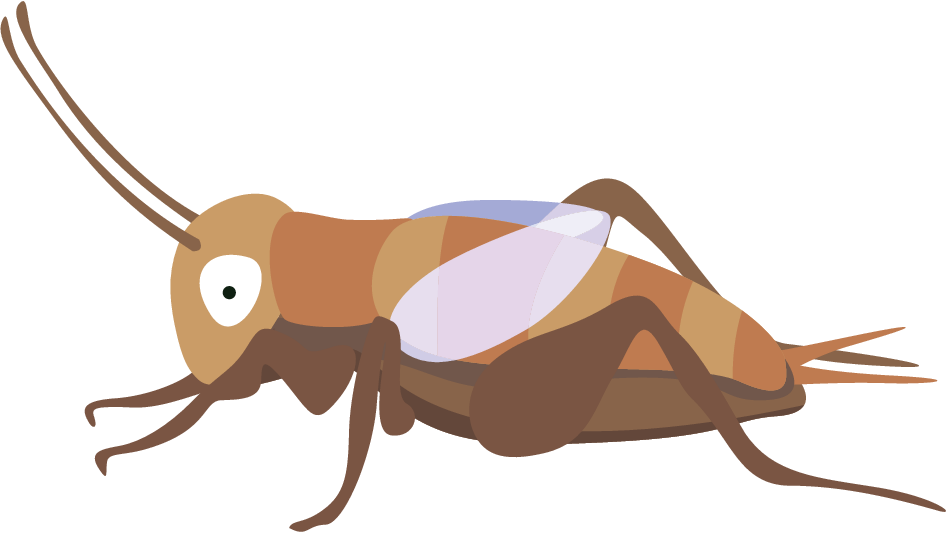
In the fall of 2016, I decided to write to the Unicode Consortium to advocate for the inclusion of a new emoji: a cricket. My motivation for doing so (in addition to avoiding completing my graduate school applications) stemmed from the simple fact that there was no cricket emoji, and I felt that the world deserved to better express awkward silences via text message.
The process of creating and getting an emoji accepted was wonderful. Not only was it fun to write the proposal and design the cricket in Adobe Illustrator, but I also used this as an opportunity to learn LaTeX. I have since learned there is a large emoji community, emojination, who maintain an active slack channel that helps other emoji enthusiasts get their proposals passed by the Emoji Subcommittee of Unicode.
I sat for a few radio, phone, and email interviews about the emoji, see below:
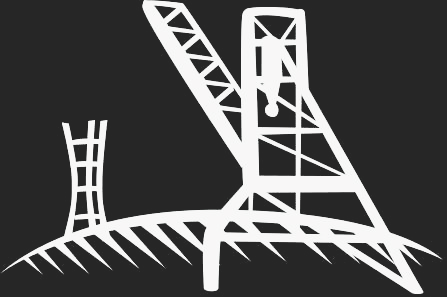
Social Equity and Justice
Throughout 2020, I found myself increasingly distraght by the racial injustices experienced by Black and African American individuals not just by police, but other citizens, across the United States. Having been in a university department for 3 years at that point, I had been constantly told to “concentrate on school” or “concentrate on your research,” which left me feeling callously privileged and morally hallow. So, I embarked more earnestly on a path to better educate myself on what systemic racism looks like, and joined groups that engaged in social equity and anti-racism. I have also come to view this education on the social injustices here in the United States not as elective work, but necessary work (after all, if we recognize for example that systemic racism exists, yet we do nothing about it, are we not complicit in its perpetuation?). Half of the battle to implement anti-racist policies is convincing folks that racism actually exists here, not just in the hand-wavy world around us, but here, in this classroom, in this department, and in this university, bolstering all of our instistutional structures, personal interactions, and distinguished pathways for social and professional mobility.
Two groups have been paramount to my work in this space, the first being my department’s Geography Diversity, Equity, and Inclusion Working Group, and the second being the CTIRAL Community of Practice. Both have provided a formal setting by which like-minded folks can meet, educate one another, dicuss, and enact social change. Below are links to explore these groups further, and I welcome any ideas or resources to engage in similar thinking and practice.